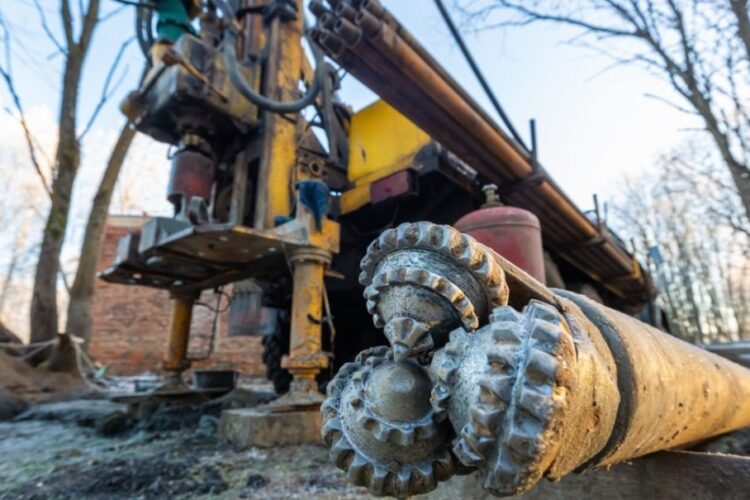Introduction
Hello there, inquisitive readers! Nowadays, we are reaching out to set out on an energizing journey into the world of geotechnical drilling. In case you have ever wondered how engineers accumulate imperative data from almost the soil underneath our feet, you are in for a treat!
Geotechnical boring may be a captivating preparation that plays a vital part in development, mining, and natural ventures.
So, let us snatch our difficult caps and jump right in!
What is Geotechnical drilling?
Geotechnical drilling, also known as Geotech boring or essentially redrilling, may be a specialized method utilized to extricate soil and shake tests from the ground. These tests give profitable knowledge into the physical properties, composition, and quality of the subsurface of the earth.
By understanding these characteristics, engineers can plan structures that are secure, tough, and safe from topographical dangers.
The Method:
Penetrating Down to the Subtle Elements Geotechnical drilling includes a few steps, each serving a particular reason. Let us take a closer look at the method:
1. Site Investigation:
Sometime recently starting any boring exercises, an intensive location examination is conducted. This includes surveying the zone, analyzing topographic maps, and considering existing geographical reports.
This introductory step makes a difference in deciding the foremost fitting boring gear, apparatuses, and procedures for the extend.
2. Selecting the Correct Drill:
Geotechnical drilling utilizes different sorts of boring rigs, each planned for conditions. For shallow soil examinations, versatile hand twist drills or percussion drills are commonly utilized.
On the other hand, profound boring ventures require bigger rigs that can enter strong shake arrangements.
3. Boring Procedures:
Geotechnical drilling utilizes distinctive methods depending on the project requirements. Rotational boring, for illustration, is frequently utilized to enter difficult shake arrangements. In the interim, sonic boring is utilized for persistent soil and shake coring, which makes a difference in getting undisturbed tests.
4. Collecting Tests:
Once the drill comes to the specified profundity, tests are extricated employing an assortment of instruments. These tests are carefully labelled, fixed, and sent to a research facility for advanced testing and analysis.
The lab comes about gives pivotal data about the soil’s composition, thickness, porousness, and other geotechnical properties.
5. Logging and Announcing:
Geotechnical engineers fastidiously record their observations during the drilling process, noticing any changes in soil conditions, shake quality, or groundwater nearness. This information is compiled to make a nitty gritty report that guides subsequent engineering choices.
Applications of Geotechnical Drilling
Geotechnical boring has broad applications in numerous businesses. Let us investigate a couple of the foremost common ones:
1. Development:
Sometime recently development ventures can start, and geotechnical drilling is fundamental to evaluate the soil’s bearing capacity and solidness. This makes a difference in engineers deciding the foremost reasonable establishment plans, guaranteeing the security and life span of structures such as buildings, bridges, and dams.
2. Mining:
Geotechnical drilling is pivotal in mining operations to assess the quality and number of mineral stores. By analyzing shake tests, engineers can survey the possibility of extricating assets and create effective extraction strategies.
3. Natural Ponders:
When it comes to natural ventures, such as evaluating groundwater defilement or actualizing squandered administration frameworks, geotechnical boring is irreplaceable. It makes a difference for researchers to get the subsurface conditions and design appropriate remediation methodologies.
4. Foundation Advancement:
Geotechnical drilling is instrumental in the arranging and development of framework ventures like burrows, interstates, and railroads. By understanding the geographical conditions, engineers can minimize dangers related to soil flimsiness and prevent potential calamities.
Conclusion
So, another time you cross a bridge or wonder at a high rise, keep in mind that geotechnical drilling made a difference and guarantee those structures can withstand the test of time.

